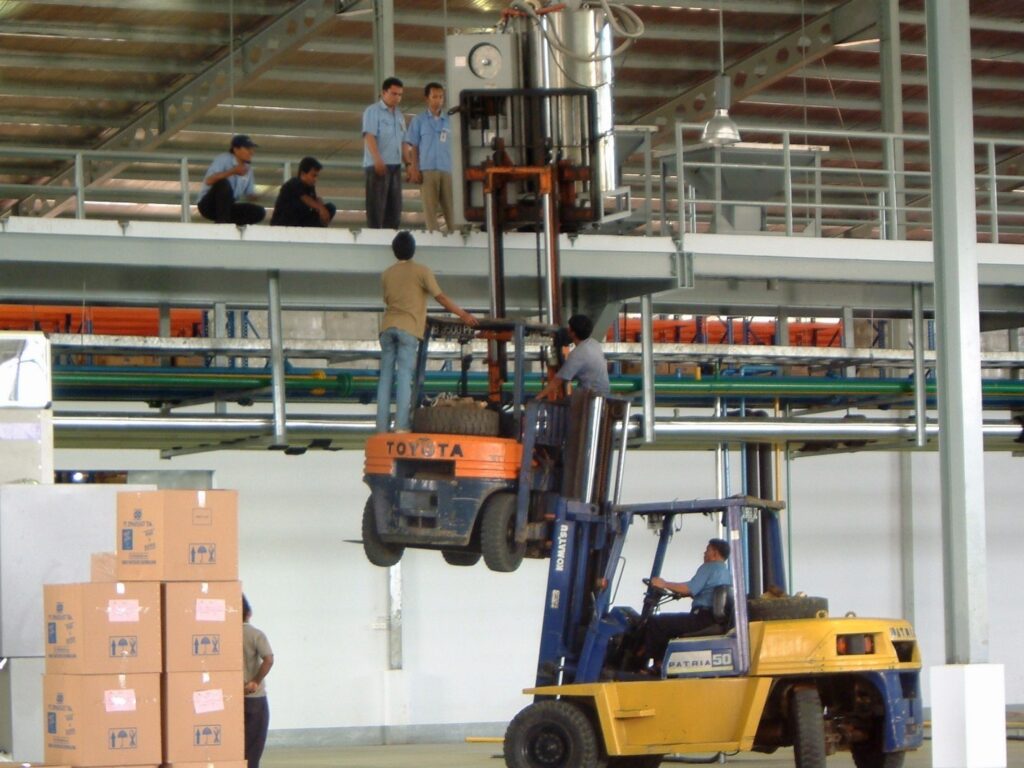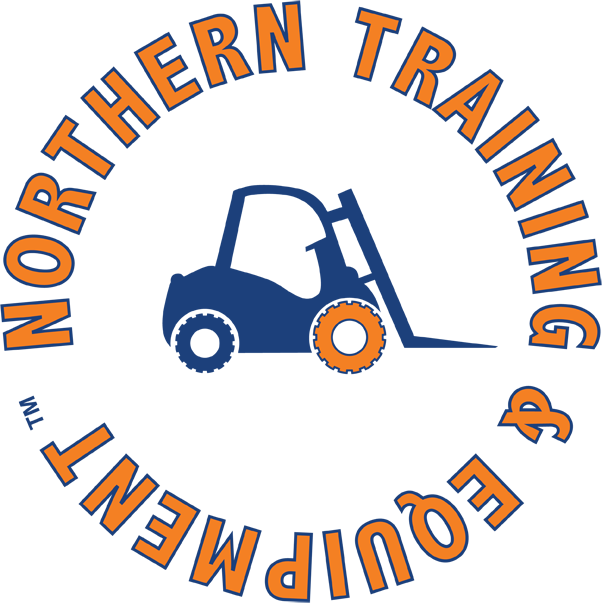10 Effective Forklift Safety Tips

Industrial workplaces have come to rely on forklift trucks for their ability to lift and transport just about any load around the worksite.
While this has made certain processes easier and safer, forklifts create other safety risks. To help avoid forklift fatalities in the workplace, follow these 10 effective forklift safety tips:
- Conduct proper operator training. Forklift driver safety training is crucial, according to Genie Grips, a manufacturer of forklift attachments and safety products. “It can minimize accidents and fatalities on the job while also reducing financial losses from damaged goods.” It also says forklift drivers who are not properly trained pose an “immediate danger” to themselves and others.
- Wear proper clothing. A forklift truck operator’s role requires getting in and out of their vehicle regularly, so clothes must be comfortable and practical—not too tight. As Linde Material Handling puts it, “clothes that are too loose are likely to get caught on door handles or other objects and could cause the operator to fall or otherwise hurt themselves.”
- Know what forklift class you are using. The U.S. Department of Labor’s Occupational Safety and Health Administration (OSHA) recognizes many different forklift types and classifications. Since each type has its own structure, weight limit, traveling speed, turning radius, and usage, it’s important to know your equipment in order to follow the best safety practices, noted Big Rentz.
- Inspect the equipment daily. OSHA requires all forklifts to be inspected at least once daily before beginning work. These are required to ensure all parts are in working order and to identify possible issues before they occur.
- Install and maintain safety guards. An overhead guard protects the forklift operator from falling objects. A load backrest, meanwhile, keeps the load in place. These help ensure worker safety.
- Never modify the fork truck. It’s normal to want to customize your equipment so it can provide unique benefits to your organization. That said, forklift modifications can be unsafe and even illegal if done incorrectly, according to Thompson LiftTruck.
“Before you can make any changes to a forklift, you need to know if an alteration is compliant with OSHA standards and whether it will provide a genuine benefit to your business. Fleet managers and operators who try to modify their forklifts carelessly could be vulnerable to workplace accidents and time-wasting legal issues. Unless you have the proper training and authorization, trying to make changes on your own is not advised.”
- Maintain 360 degrees visibility. Another important forklift safety tip is to maintain 360-degree visibility. Forklift operators can do this by keeping the forks low to the ground. If a load is restricting your visibility, you should operate the equipment in reverse. Make sure you have a good view of the rack when you position the load, said Texas Motive Solutions.
- Use proper lighting. A bright blue spotlight is one of the easiest and most effective ways to prevent forklift-pedestrian collisions, according to Southern States Toyota Lift. “A blue LED spotlight (typically mounted on the overhead guard) projects a bright blue light 10-20 feet in front of the forklift,” it says. “The light precedes the forklift into intersections, warning pedestrians of an oncoming lift truck.”
- Implement floor marking system. Floor marking can create safe pedestrian aisles, prepare a facility for automation while keeping workers safe, and keep forklift drivers aware of potential threats. It noted: “Floor marking tape can create visual “sidewalks” to let humans know where it’s safe to stand and when they’re crossing a ‘road’ that might bring them dangerously close to a forklift or other motorized piece of equipment.”
- Never carry extra people. People have attempted to use forklifts to carry passengers pretty much since this type of vehicle was invented. Sadly, there have been thousands of injuries and many fatalities because of this type of action, according to Creative Safety Supply.


Leave a Reply